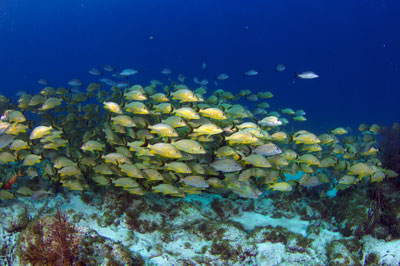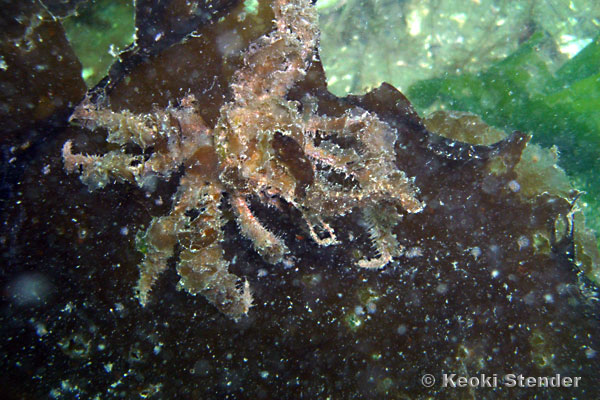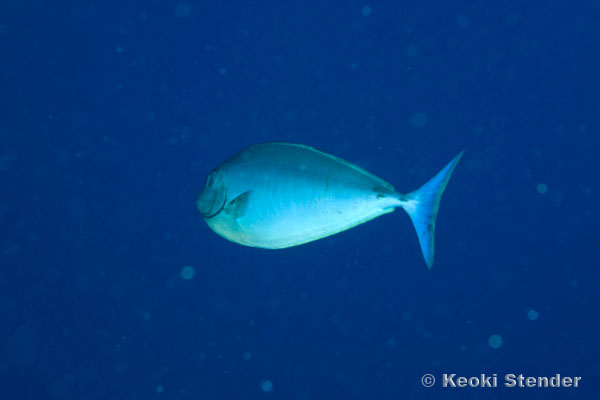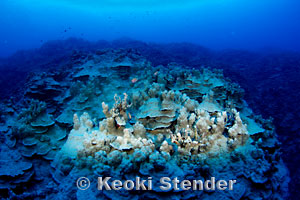| RESTORING COLOR

Underwater flashes
are important if you want to restore colors lost at depth. The
brain is capable of interpreting what colors might look like so we tend
to be disappointed with our images taken solely with natural
sunlight. In order to create colorful images a flash is often
necessary, either from the camera's built-in unit or a more powerful
external unit commonly referred to as a 'strobe'. Compact cameras
make good use of the built-in flash but DSLR users will need to invest
in one or two external strobes.
BACKSCATTER

Built-in units are
handy for Point & Shoot users but have the distinction of generating
lots of unsightly spots on images taken in all but the most ideal
conditions. This irritating artifact known as backscatter results
from flash illuminated bits of sand, debris, plankton, or tiny air
bubbles. Backscatter is especially evident in front of a dark
open-water background, while a complex background (sand) hides it.
Backscatter can only be reduced by either waiting for the water to clear
and by positioning an external flash as far as possible from the camera,
aimed at the subject with a 45 degree angle.

EXTERNAL FLASH
External flashes
(strobes) are essential for those who want to expand their capability.
Strobes deliver much more power than built-in
units, allowing the use of lower ISO settings for less digital noise and
smaller apertures to increase depth-of-field. They also require
mounting hardware and cables or slave sensors to communicate with the
camera. Cost is considerable and care must be taken to make sure
everything is compatible as many film-era strobes and cables don't work
with digital. Ikelite sells a variety of reliable equipment and
their website
is an excellent resource.
Point & Shoot
cameras generally trigger an external strobe using a slave sensor
pointed toward the built-in flash or fiber optic cable. For
cameras with a hotshoe, a hard-wired connection to the strobe is best,
especially if the combination offers true TTL flash metering.
BEAM ANGLE
 
Macro and close-up work can be done with a small strobe but wider
scenes will require a greater spread of light from a large wide-beam
unit. Large units will be 2 to 3 times as powerful with 10 to 30
degrees greater coverage, making aiming less critical.
MULTIPLE STROBES
Adding additional strobes produces a number of effects. Dual
strobes are often used to soften hard shadows created by a single unit
or spread light across a wide area. Varying the power output and
and position can produce creative ratio lighting. Remote slave
flashes may be used to light complex scenes such as caves or wrecks.
|



